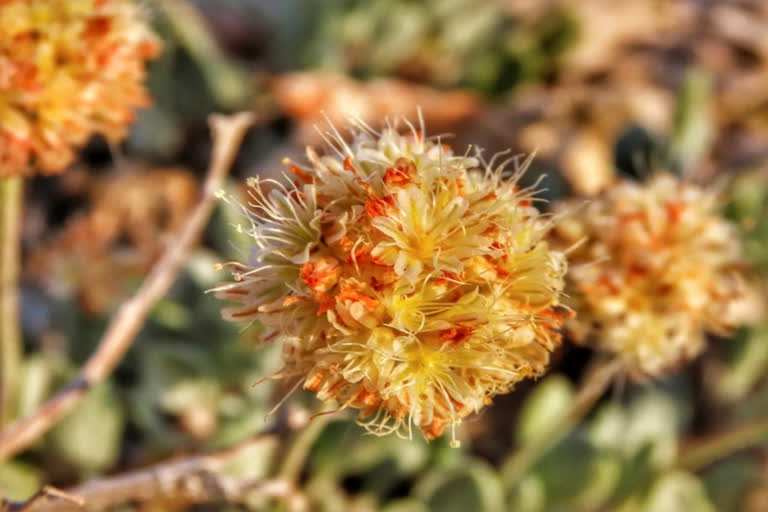Reno (Nevada): Federal wildlife officials proposed endangered species protections Friday for a desert wildflower known to exist only on a remote Nevada ridge where an Australian company plans a lithium mine.
The U.S. Fish and Wildlife Service issued a proposed rule to add Tiehm’s buckwheat to the endangered list, subject to 60 days of public comment.
“We find that Tiehm’s buckwheat is in danger of extinction throughout all of its range due to the severity and immediacy of threats currently impacting the species now and those which are likely to occur in the near term,” the agency said.
The primary threats are destruction, modification or curtailment of its habitat from mineral exploration and development, road development and other vehicle use, livestock grazing, invasive plant species and herbivory, the agency said. Climate change may further exacerbate the risks, and “existing regulatory mechanisms may be inadequate to protect the species,” it said.
The Center for Biological Diversity submitted a petition for the listing in 2019 and filed a lawsuit last year in an effort to force the protections and halt plans for the mine.
Also read:Fall foliage disrupted across US due to climate change
Officials with Ioneer Ltd., which is constructing the lithium mine on U.S. Bureau of Land Management land southwest of Tonopah, said Friday they have long anticipated the listing and factored efforts to protect the plant into the mine’s design. Lithium is a key element in batteries for electric vehicles.
“We fully support the decisions by the U.S. Fish and Wildlife Service and the work it and the BLM are undertaking to safeguard Tiehm’s buckwheat,” Ioneer managing director Bernard Rowe said in a statement. "Ioneer reiterates its commitment to preservation of this species."
